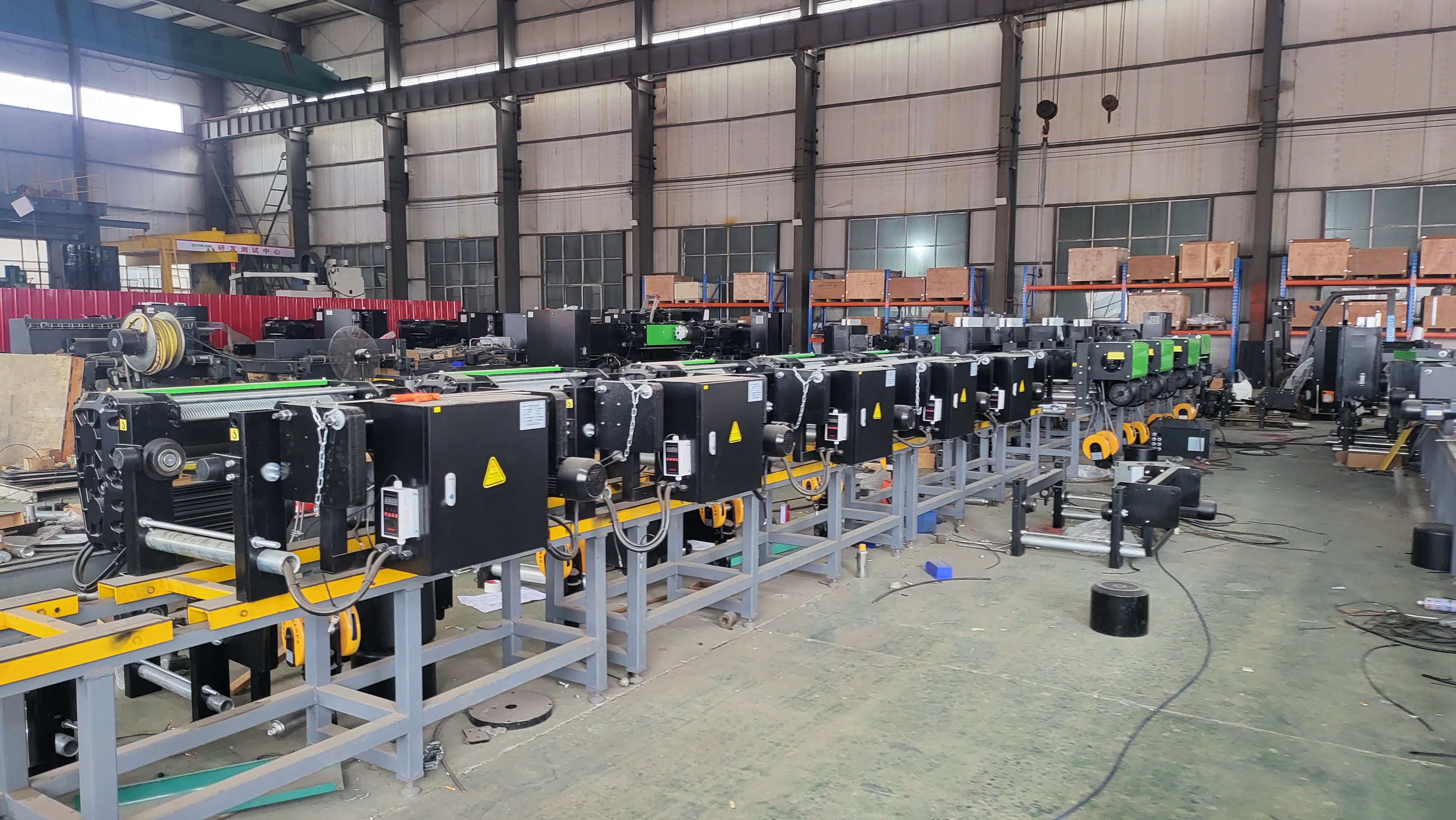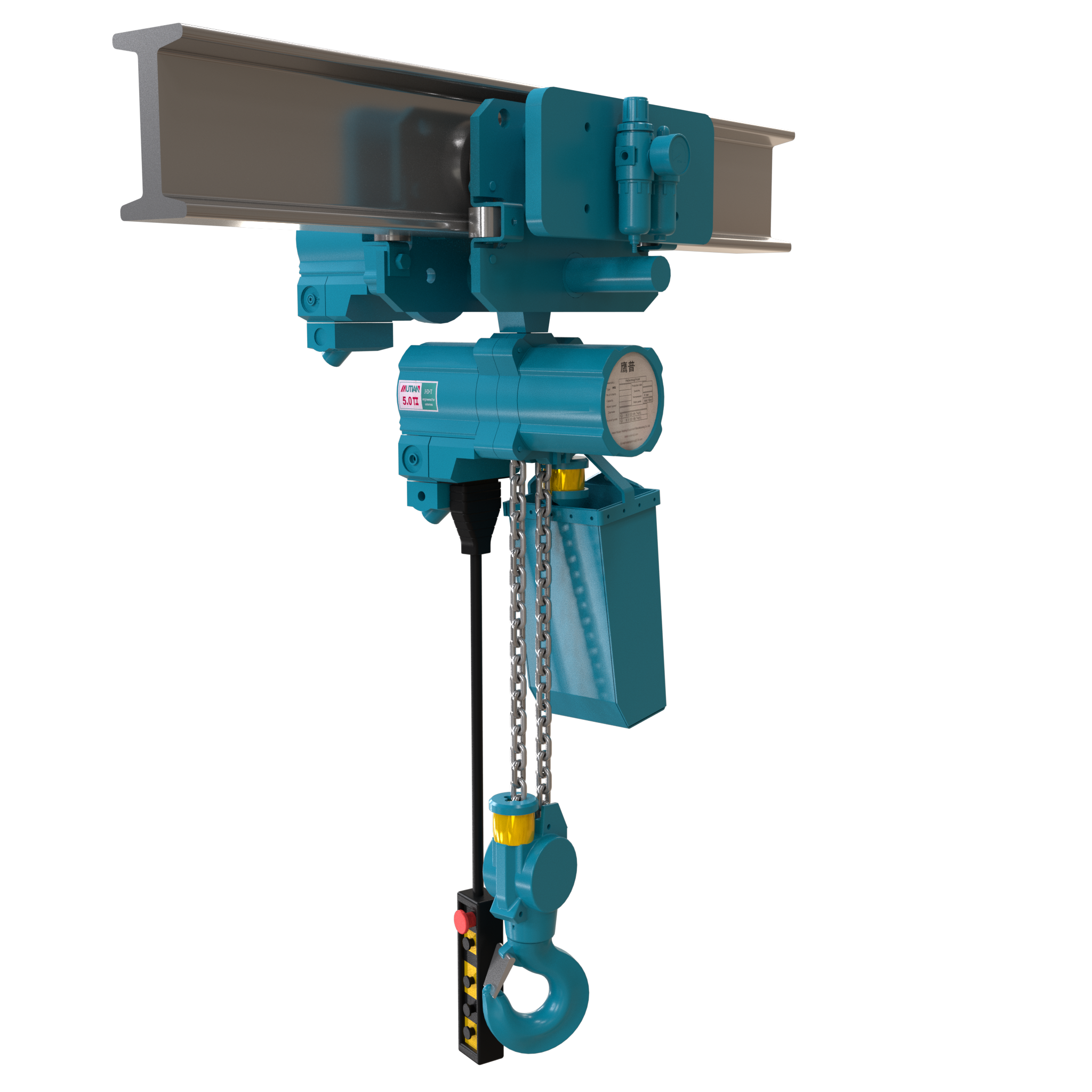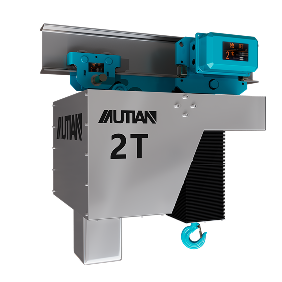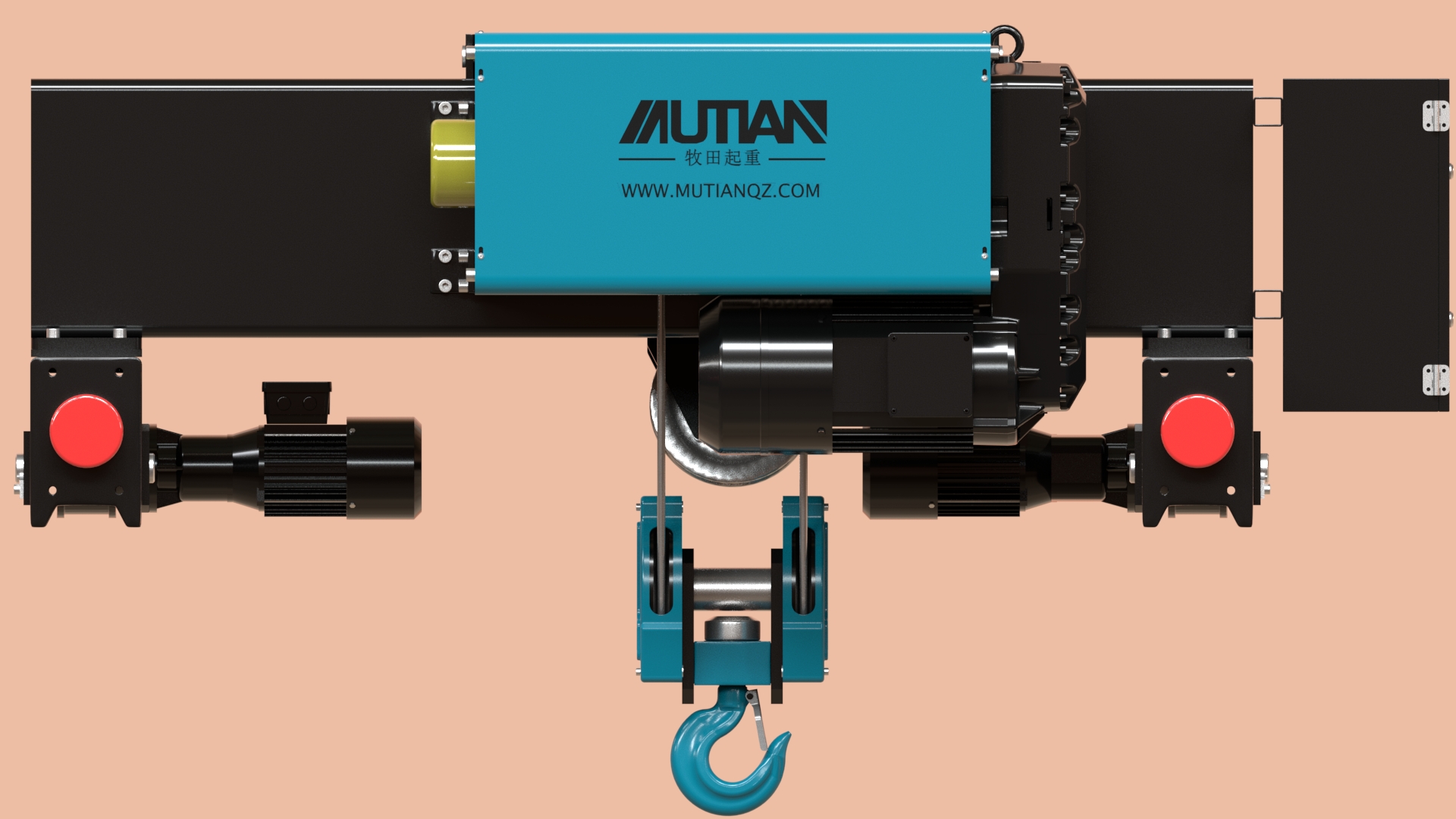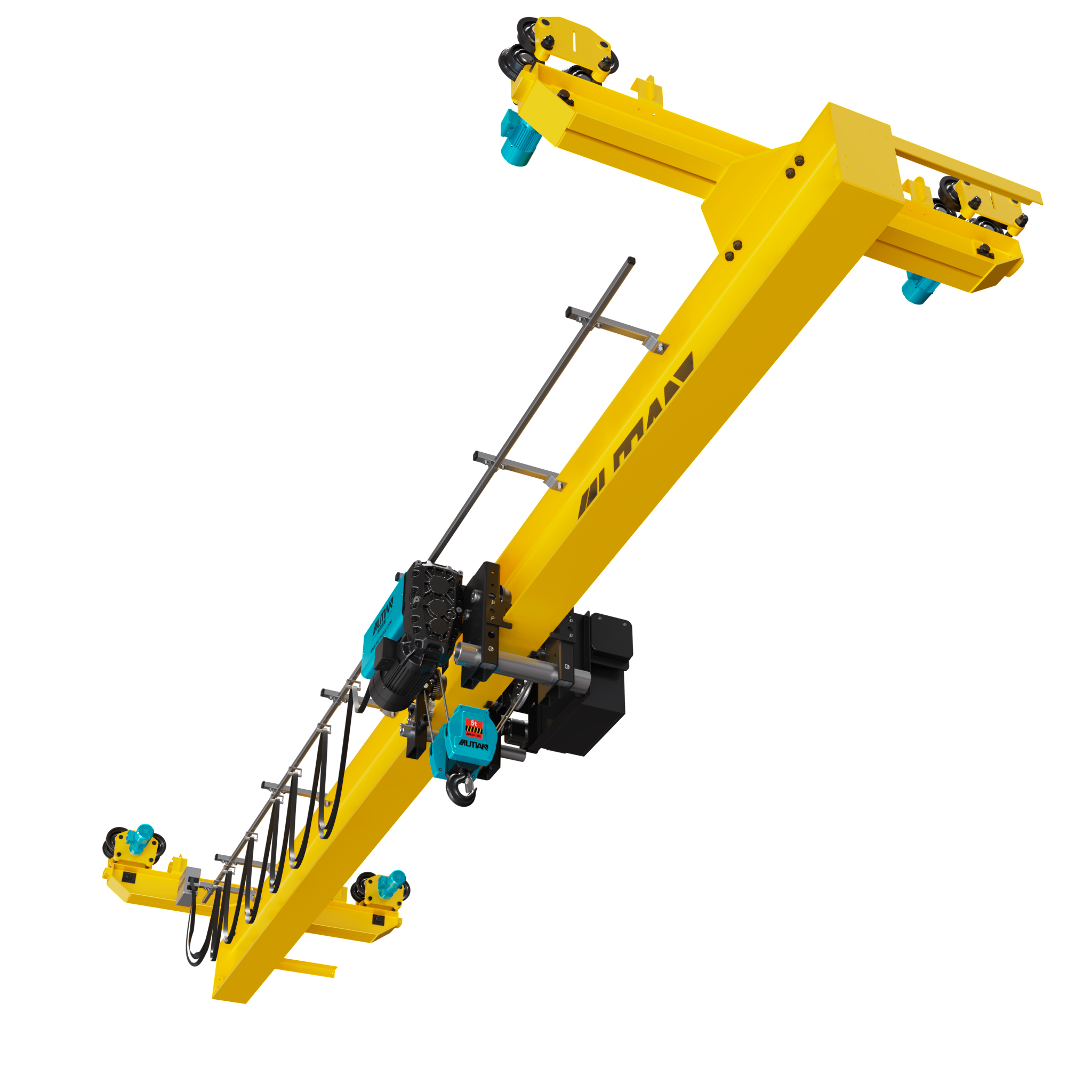Ensure the use of Hebei Mutian to improve equipment safety
In any industrial environment, from bustling warehouses to high-precision manufacturing floors, ensuring robust Lifting equipment safety is not just a regulatory requirement but a cornerstone of operational excellence and employee well-being. The proper handling of heavy loads minimizes the risk of catastrophic accidents, protects valuable assets, and fosters a culture of care and diligence. Neglecting these fundamental principles can lead to severe injuries, costly damages, and significant operational downtime, making a proactive approach to safety an essential investment for any modern business.
Creating a Comprehensive Safety Guide for Lifting Equipment
A foundational element of a secure workplace is a well-documented and easily accessible Safety Guide for Lifting Equipment. This guide should serve as the definitive resource for all personnel involved in lifting operations. It must outline clear, step-by-step procedures for pre-use inspections, identifying potential hazards like worn components or hydraulic leaks, and defining the specific operational protocols for each type of machine. Furthermore, the guide should detail load capacity limits, proper rigging techniques, and emergency response plans. By standardizing these procedures, companies ensure that every lift is conducted with consistency and a high degree of caution, leaving no room for guesswork and significantly reducing the likelihood of human error.
Practical Steps to Improve Safety Standards
Beyond documentation, businesses must actively take steps to improve safety standards on an ongoing basis. This begins with comprehensive and continuous operator training. A certified operator must understand not only how to use the equipment but also its mechanical limitations and the physics of load management. Regular maintenance and inspection schedules are equally critical. Daily visual checks by operators, supplemented by thorough periodic inspections from qualified technicians, can identify and rectify potential failures before they occur. Lastly, fostering an environment of clear communication, using universally understood hand signals and ensuring clear sightlines between the operator and spotters, is paramount to coordinating safe and successful lifts every time.
The Critical Role of Advanced Equipment in Safety
Procedures and training are vital, but the inherent design of the machinery itself plays a massive role in overall safety. Modern engineering has introduced equipment with safety built into its very core. For instance, advanced units like the HOUSIT Electric Chain Hoist are equipped with features such as overload protection, heat sensors, and high-grade load hooks with integrated safety latches, which act as crucial fail-safes. On a larger scale, overhead crane systems like the MITAN and MUTAN cranes showcase cutting-edge safety integration. These machines feature precision-engineered hoisting mechanisms for smooth, jolt-free movement, state-of-the-art braking systems for immediate and reliable stopping power, and robust girders built to endure immense stress. Smart design elements, such as organized cable management systems, further reduce trip hazards and snagging risks, demonstrating how top-tier equipment is fundamental to enhancing Lifting equipment safety.
A Holistic Approach to a Safer Workplace
Ultimately, achieving excellence in lifting safety requires a multi-faceted and integrated strategy. It combines the establishment of a clear Safety Guide for Lifting Equipment with a dedicated effort to continuously improve safety standards through rigorous training, diligent maintenance, and open communication. The final-and arguably most critical-piece of the puzzle is investing in high-quality, technologically advanced equipment that is specifically designed to prevent accidents and protect operators. By synergizing these people-centric processes with superior machinery, companies can build a resilient safety culture that safeguards their employees and elevates their operational integrity.

